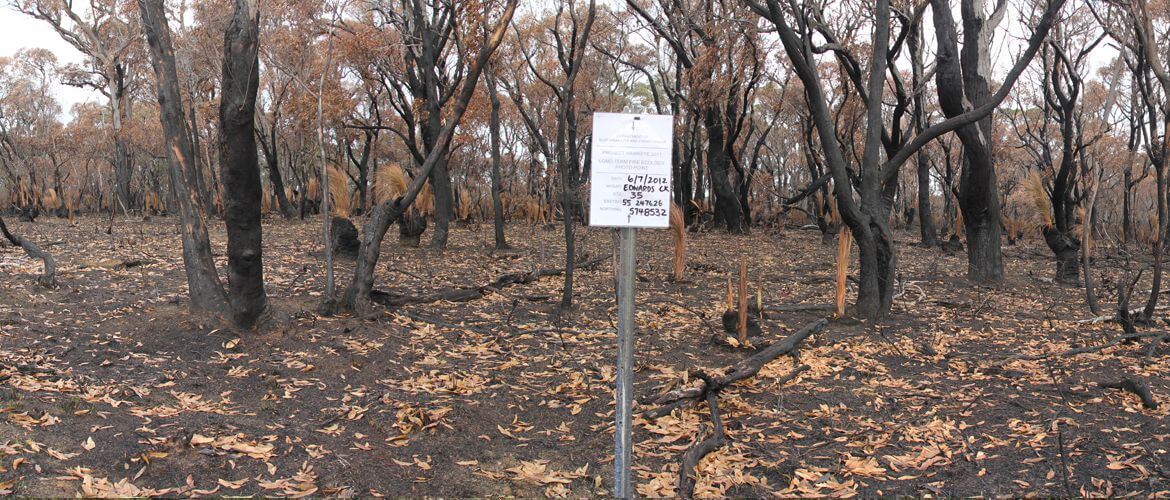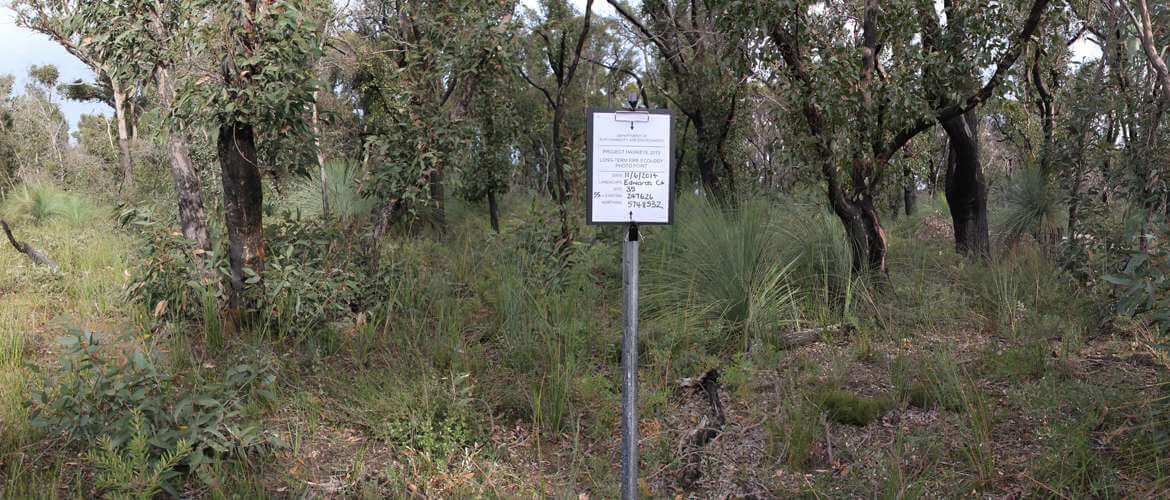Valuing the environment
Biodiversity – the variety of plants, animals and micro-organisms in a region – delivers vital benefits to Victorians including clean air, fresh water and fertile soils.
Planned burning and bushfires can impact the health of the environment and also support plant and animals species that need fire for their survival.
We are charged with building the health of Victoria's biodiversity and this can sometimes involve the use of fire as a management tool. We balance this important obligation with a responsibility to manage bushfire risk to life, property and the environment.
To be successful we must reduce the risk of bushfire in a way that avoids unacceptable impacts.
Our approach
Healthy ecosystems provide us with clean air, water, carbon storage, forest products and diverse plants and animals, as well as opportunities for recreation and enjoyment. Maintaining ecosystems that are resilient to external shocks is important in ensuring healthy environments that continue providing these benefits.
Our management approach seeks to maintain or improve ecosystem resilience. We are taking a whole-of-system approach that builds on our management of threatened and vulnerable species, as required under the Environmental Protection and Biodiversity Conservation Act (Cth) and the Flora and Fauna Guarantee Act (Vic), to focus on ecosystem stability, diversity and disturbance as a whole. This involves developing ecological models and measures of ecosystem resilience under different fire regimes.

We base our environmental management approach around the concept of ecosystem resilience, which is defined as:
An ecosystem’s capacity to absorb both natural and management imposed disturbance but still retain its basic structure – in terms of species abundance and composition – function and identity over space and time.
Vegetation recovery after fire
Many species have adapted to survive bushfires and some depend on fire to exist and develop. Planned burning can play a role in promoting essential ecological processes such as regeneration.


Measuring ecosystem resilience
How we monitor ecosystem resilience
We aim to manage fire across landscapes to promote the ability of ecosystems to absorb and recover from the effects of bushfires and to protect vulnerable species and habitats.
As we prepare for bushfires and implement fuel management, we consider what environmental values exist in our landscapes, and what we can do to reduce negative impacts and promote positive outcomes. We use a range of measures to help us understand how fire will influence ecosystem resilience across Victoria.
Tolerable fire intervals
Plants require sufficient time to regenerate and mature following the occurrence of fire to allow them to be able to reproduce and persist in the event of future fires. The time required for plants to reach reproductive maturity after fire is known as the ‘tolerable fire interval’. Fires which occur below tolerable fire intervals increase the risk of species loss and change in plant community composition. We use these intervals together with other measures as guide for when to burn to support regeneration and ecosystem resilience.
Growth stage structure
Growth stage structure measures and tracks the ecologically desirable mix of vegetation age-classes (juvenile, adolescent, mature, old) within management units. Each growth stage reflects changes in the availability of habitat components for fauna (e.g. tall shrubs, mature tree canopy, large old hollow-bearing trees), and can be a useful indicator for the types of species likely to be present.
Fire regimes have a major influence over the availability of different habitat components. For example, important features such as tree hollows, which many species use to live in and for shelter, generally require more than 100 years to develop. Through managing for appropriate fire regimes, we aim to promote and maintain an optimal mix of growth stage structures to support species requirements within landscapes.
Find out more
For further information about how we consider ecosystem resilience in our bushfire management activities, please see the latest Victoria’s Bushfire Risk Management Report on the Office of Bushfire Risk Management website.
Page last updated: 09/04/25